Integration with Mobile Technology
The integration of digital binoculars with mobile technology is reshaping the Digital Binoculars Market. As smartphones become ubiquitous, consumers are increasingly seeking devices that can connect to their mobile devices for enhanced functionality. Features such as live streaming, image sharing, and GPS tagging are becoming standard expectations among users. Recent surveys indicate that approximately 60% of consumers prefer binoculars that can sync with their smartphones. This trend suggests that manufacturers must prioritize connectivity features to cater to tech-savvy consumers, thereby driving growth in the Digital Binoculars Market.
Technological Innovations in Optics
Technological advancements in optics are significantly influencing the Digital Binoculars Market. Innovations such as improved lens coatings, higher resolution sensors, and advanced image processing algorithms are enhancing the performance of digital binoculars. For instance, the introduction of night vision capabilities and thermal imaging has expanded the applications of these devices beyond traditional uses. Market data indicates that the segment of digital binoculars equipped with advanced optical technologies is expected to grow at a compound annual growth rate of 7% over the next five years. This trend highlights the necessity for manufacturers to invest in research and development to remain competitive in the Digital Binoculars Market.
Rising Demand for Outdoor Activities
The increasing popularity of outdoor activities such as birdwatching, hiking, and wildlife observation is driving the Digital Binoculars Market. As more individuals seek to engage with nature, the demand for high-quality optical devices has surged. According to recent data, the outdoor recreation sector has seen a growth rate of approximately 5% annually, which correlates with the rising sales of digital binoculars. Consumers are increasingly looking for devices that offer enhanced features, such as image stabilization and digital zoom capabilities. This trend suggests that manufacturers in the Digital Binoculars Market must innovate to meet the evolving preferences of outdoor enthusiasts, potentially leading to a more competitive landscape.
Growing Interest in Wildlife Conservation
The rising awareness and interest in wildlife conservation are contributing to the growth of the Digital Binoculars Market. As more individuals engage in conservation efforts, the need for reliable optical devices for monitoring wildlife has increased. Organizations focused on conservation are investing in digital binoculars for research and educational purposes. Market analysis shows that sales of digital binoculars to conservation groups have increased by 15% over the past year. This trend indicates a potential for sustained growth in the Digital Binoculars Market as more consumers align their purchasing decisions with environmental values.
Increased Investment in Recreational Equipment
The surge in investment in recreational equipment is positively impacting the Digital Binoculars Market. As disposable incomes rise, consumers are more willing to spend on high-quality outdoor gear, including digital binoculars. Recent economic reports suggest that the recreational equipment market is projected to grow by 8% annually, which bodes well for the digital binoculars segment. This increase in consumer spending indicates a favorable environment for manufacturers to introduce premium products with advanced features. Consequently, the Digital Binoculars Market is likely to experience robust growth as consumers seek to enhance their outdoor experiences.

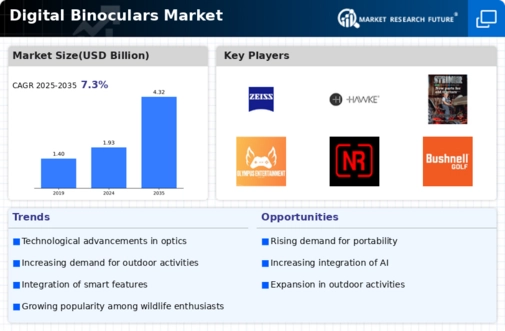
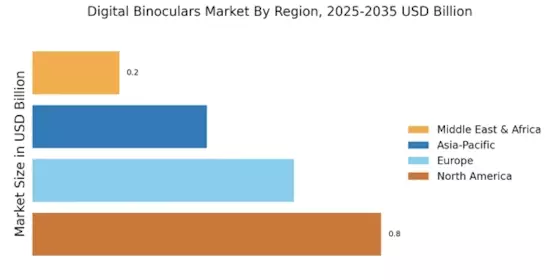
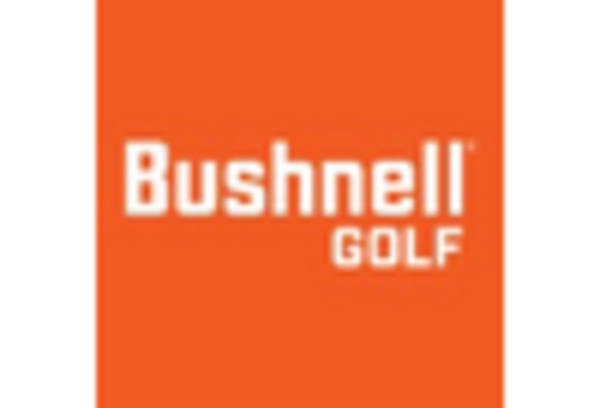

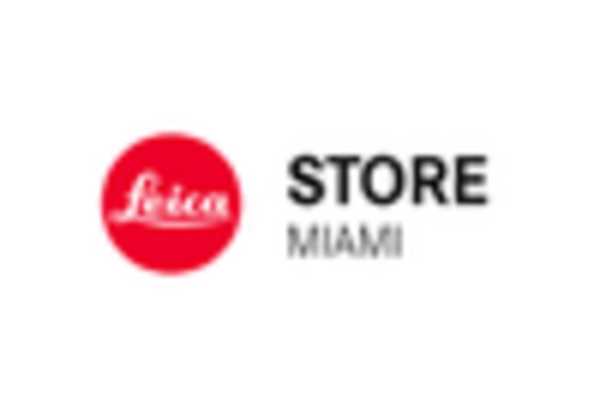


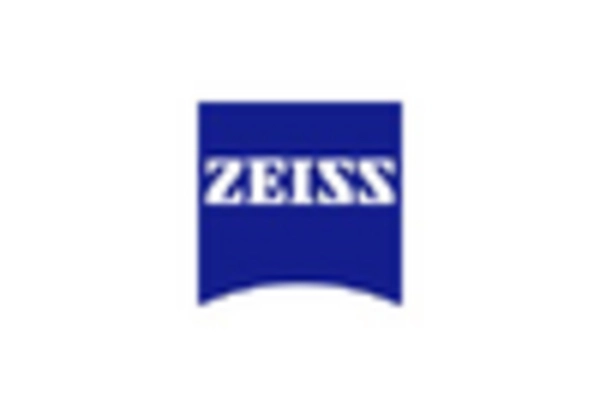








Leave a Comment